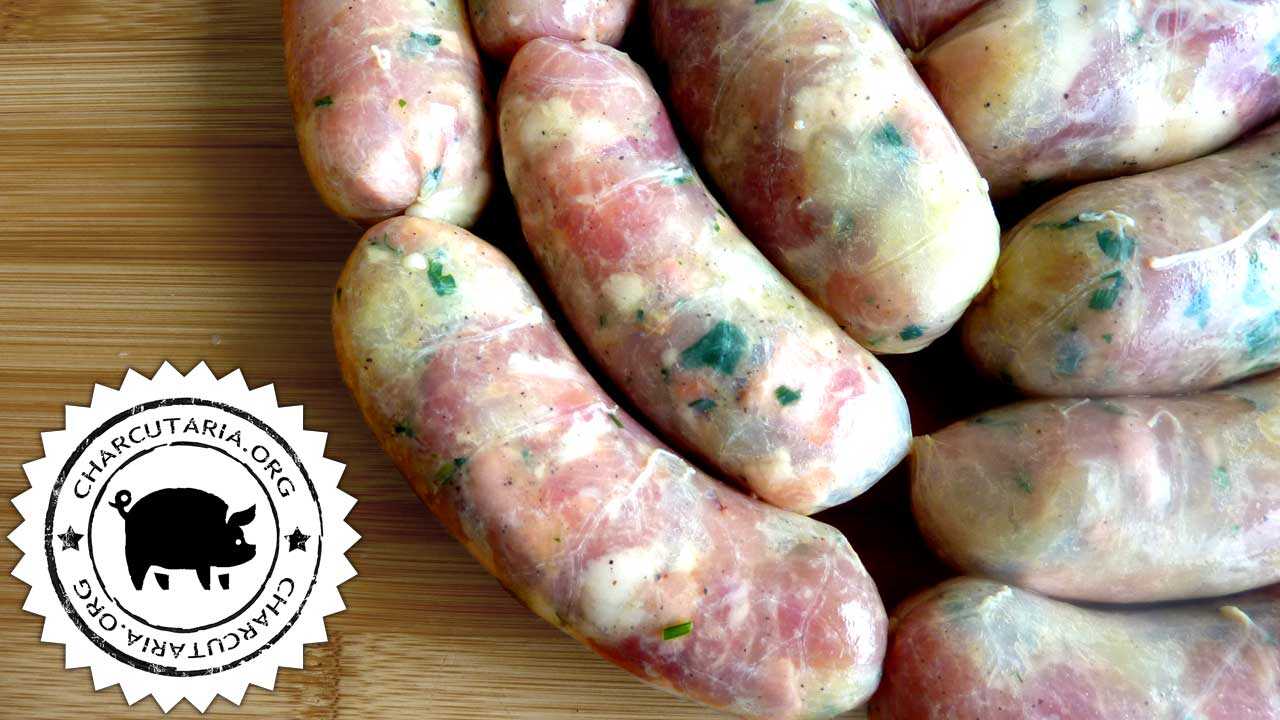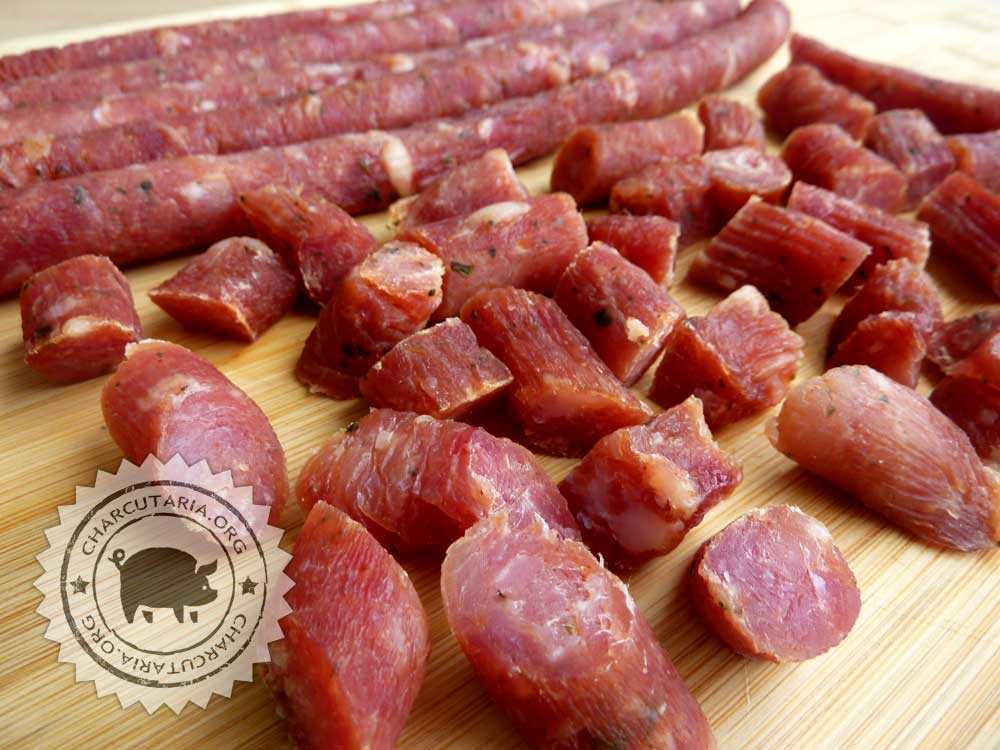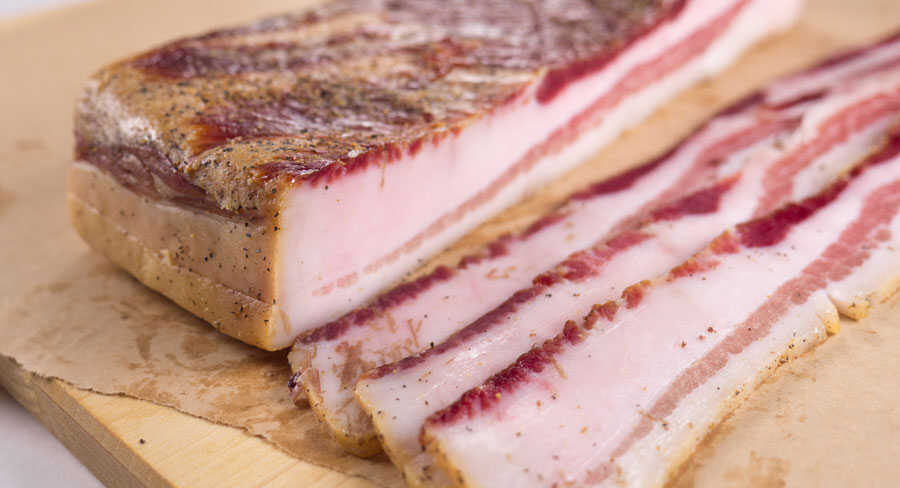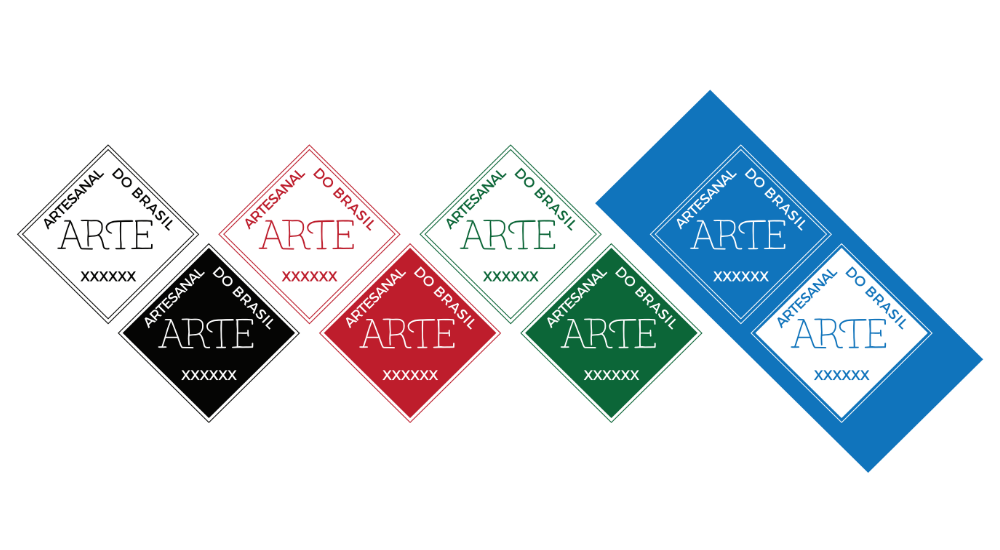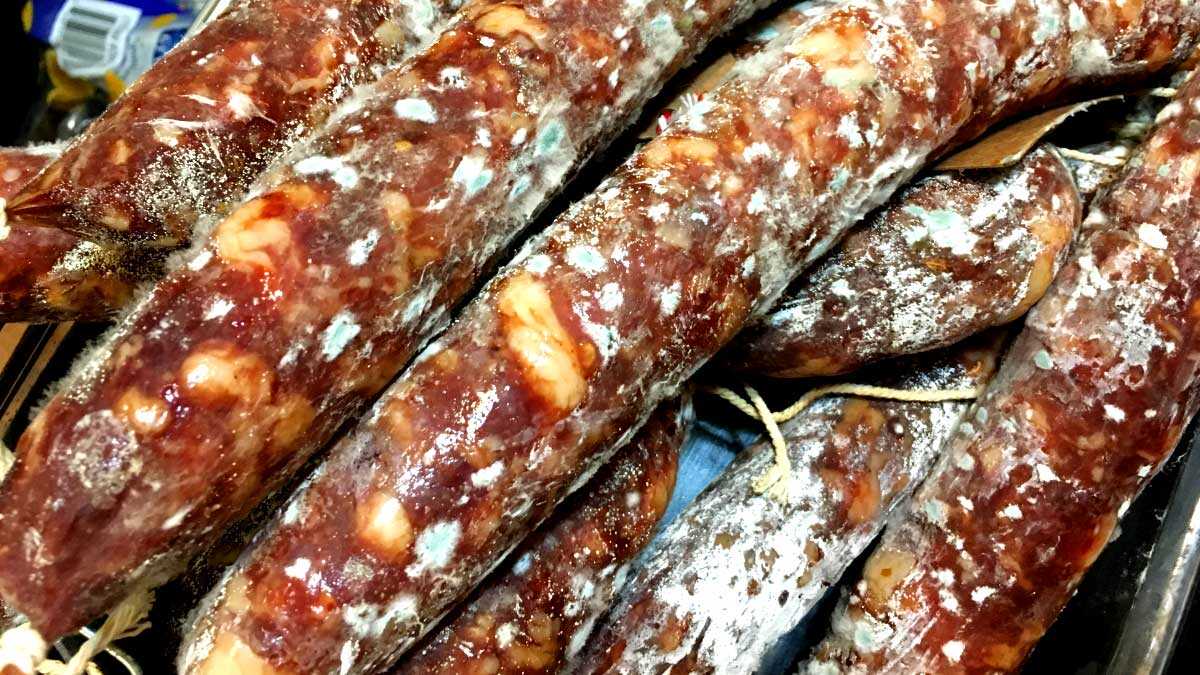
PEIEX Campinas Center – Francisco Falsetti Xavier
The growth of artisanal products and producers of the most diverse types is evident to any attentive observer. Through an extensive literature review, Oliveira (2019) shows that over time consumers have shown behavioral changes in their relationship with food, and the increase in the search for artisanal products in recent years is the result of one of these changes. The interest in homemade goods has become a trend for several reasons ranging from the desire for healthier products to the attraction for something rescued from the past; a traditional form of production.
Continue reading O mercado de charcutaria artesanal no Brasil e as oportunidades no exterior: um chamado para pequenos produtores




